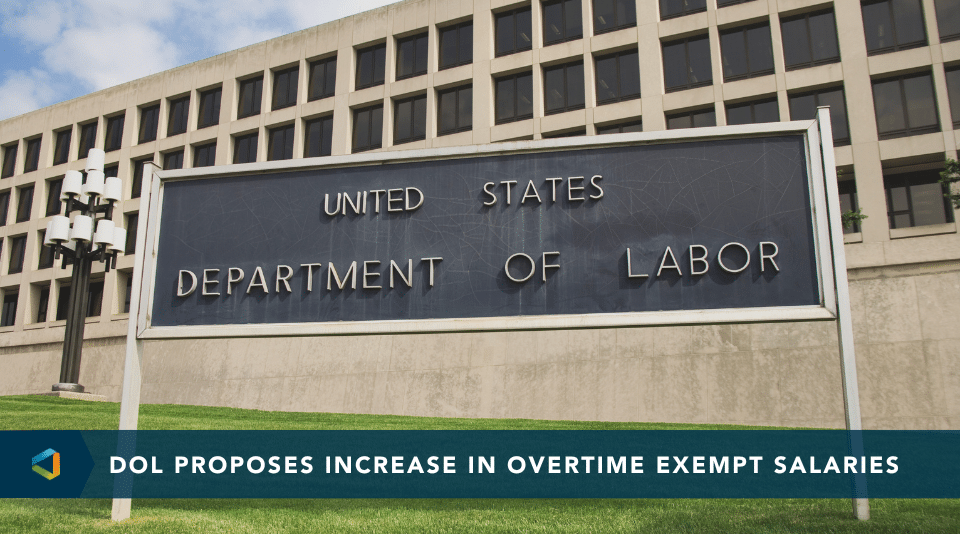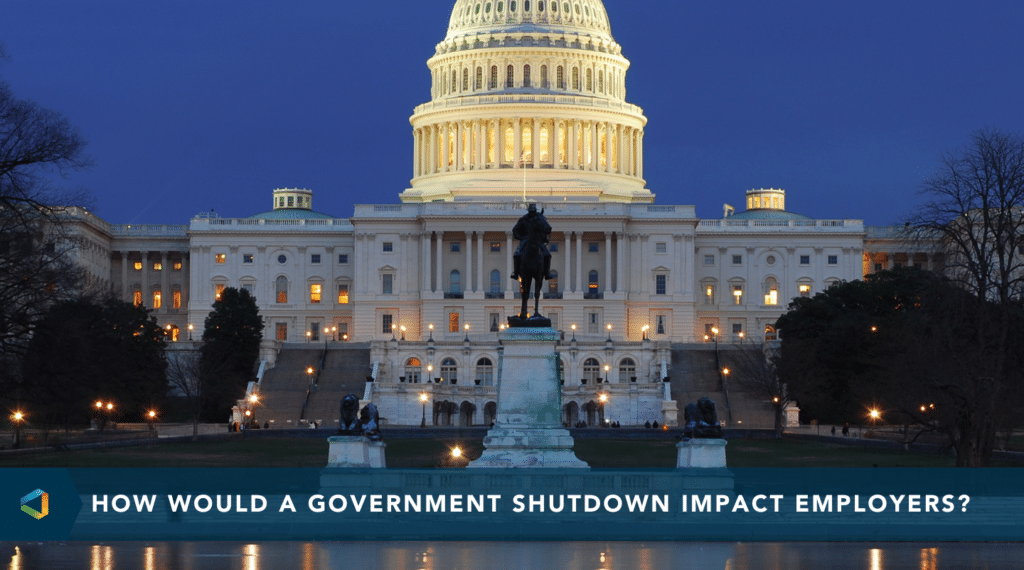Compliance Confidence
Final DOL Rule: Changes Coming to Overtime Exempt Salaries on July 1st, 2024 and January 1st, 2025
Final DOL Rule: Changes Coming to Overtime Exempt Salaries on July 1st, 2024 and January 1st, 2025
After months of deliberation, the U.S. Department of Labor has issued a final rule to increase the threshold of overtime exempt pay. Barring delays from legal challenges, the new regulation will come into effect on July 1, 2024.
Applies to:
All Employers subject to the FLSA
Effective:
July 1, 2024
Key Information:
- Weekly overtime exempt salaries are required to be at least $844 by July 1, 2024.
- Six months later, on January 1, 2025, the threshold will rise again to at least $1,128 per week.
- Highly compensated exempt employee salaries are also being increased to minimums of $132,964 per year on July 1, 2024 and $151,164 on January 1, 2025.
- There is no change to the duties test for overtime exempt employees.
What employers should know about the DOL's new overtime exempt salary rule:
In 2023, the U.S. Department of Labor (DOL) issued a proposed rule to increase the current statutory threshold of $684 per week to potentially up to $1,158 per week for administrative, executive, and professional exemptions, depending on the eventual release date. This proposal would have increased annual salary minimums from $35,568 to $60,216 for those employees to be exempt from overtime pay.
Following the review of thousands of comments, the DOL issued its final rule on April 23, 2024. The final rule implements a staged increase of the minimum salary required for administrative, executive, and professional employees to be considered exempt from overtime under the Fair Labor Standards Act (FLSA). As of July 1, 2024, exempt employees must be paid a minimum of $844 per week, which equates to an annual salary minimum of $43,888. As of January 1, 2025, exempt employees must be paid a minimum of $1,128 per week, which equates to an annual salary minimum of $58,656.
As of July 1, 2024, exempt employees must be paid a minimum of $844 per week, which equates to an annual salary minimum of $43,888. As of January 1, 2025, exempt employees must be paid a minimum of $1,128 per week, which equates to an annual salary minimum of $58,656.
As of 2025, minimum salary increases will be determined based on the 35th percentile of weekly earnings of full-time, non-hourly workers in the lowest-wage Census Region, which is currently the South. Although the final rule provides increases on a weekly basis, it also says that employees may be compensated on an equivalent biweekly salary basis of at least $2,256, semi-monthly salary basis of at least $2,444, or monthly salary basis of at least $4,888. Importantly, there are no proposed changes to any of the duties tests under the FLSA overtime exempt rule.
For the highly compensated employee exemption under the FLSA, the minimum salary increases on July 1, 2024 to $132,964 per year (the annualized earnings amount of the 80th percentile of full-time, non-hourly workers nationally), and on January 1, 2025 to $151,164 per year (the annualized earnings amount of the 85th percentile of full-time, non-hourly workers nationally). Note that some states, like California, do not recognize the highly compensated employee exemption and will therefore not be impacted by this provision.
Importantly, there are no proposed changes to any of the duties tests under the new FLSA overtime exempt rule.
Following all staged salary increases, salaries will automatically increase every three years thereafter starting on July 1, 2027.
Employers should review pay for those employees currently earning between $35,568 and $58,656 per year to determine whether they should receive increases to remain exempt under the phased implementation of the final rule or be converted to non-exempt employees who are eligible for overtime pay. Note that overtime pay is calculated based on what the employee’s regular rate of pay is, which is based on their total compensation, including things like nondiscretionary bonuses, commissions, and shift premiums. Employers should be prepared to communicate with employees about any changes in pay as a result of the final rule. Keep in mind that some states, like California, New York, and Washington, already exceed the increased federal minimum exempt salary. Other states may have additional overtime exempt rules to take into consideration.
Employers should prepare for compliance now! That being said, legal challenges are expected to be filed to prevent implementation of the final rule. Employers may want to plan for salary increases to be effective once the rule is enforceable, currently as of July 1, 2024, in case any changes or delays require adjustments to pay increase timelines. Employers should continue to track updates to this rule and the status of any challenges.
Action Items for Employers
-
1. Review the final rule here.
2. Review the DOL’s FAQ on regular rate of pay here.
3. Analyze potential cost of converting employees to either non-exempt or exempt based on the new minimum thresholds.
4. Plan for salary increases on July 1, 2024 and January 1, 2025.
Getting compensation right is an important task for organizations that want to attract and retain talent. Check out our blog post Salary Benchmarking Compensation the Right Way to learn more.




